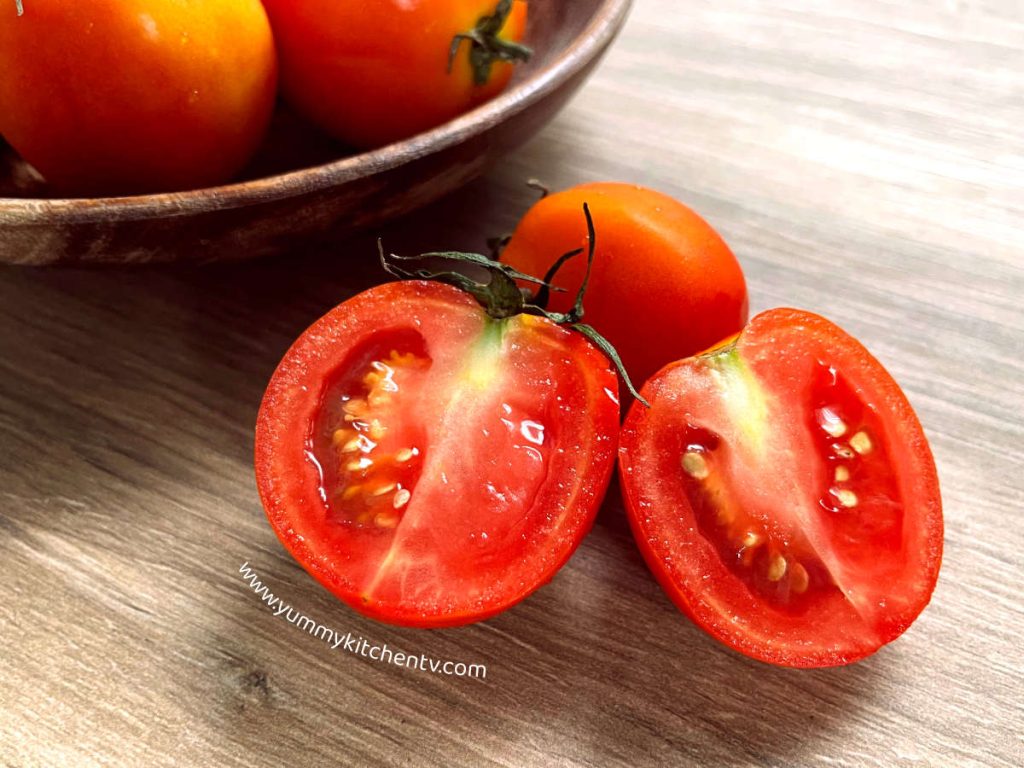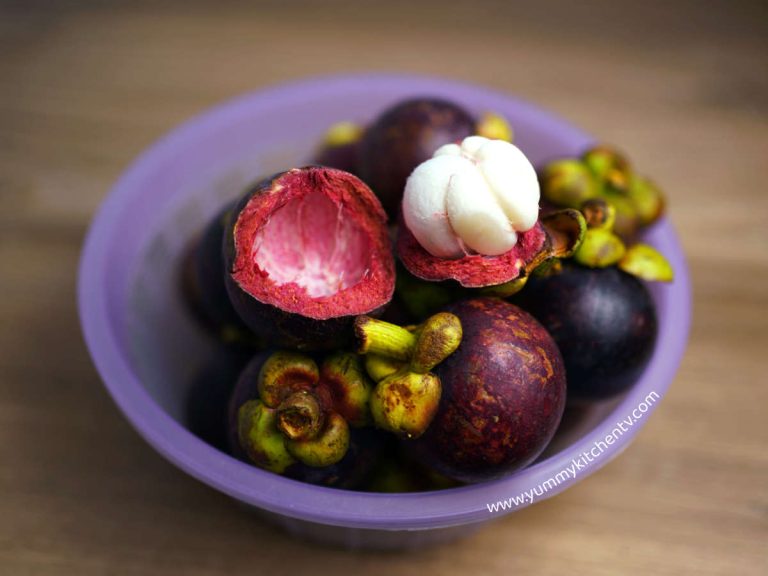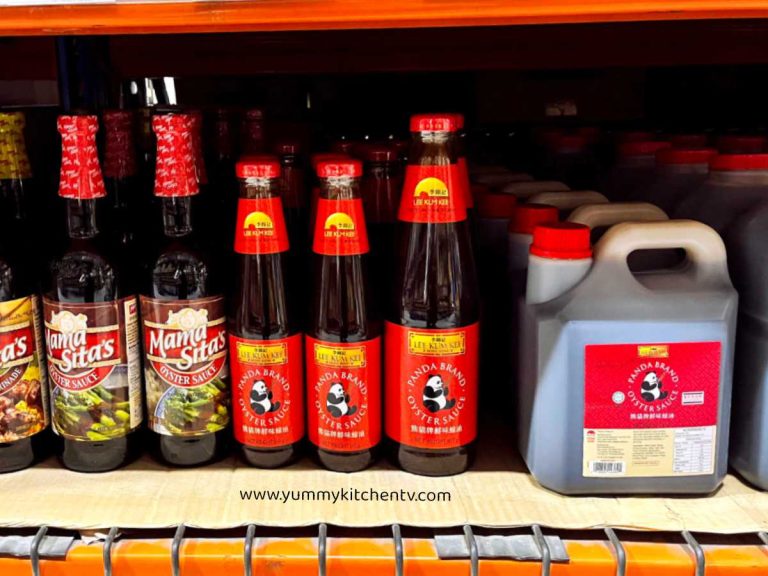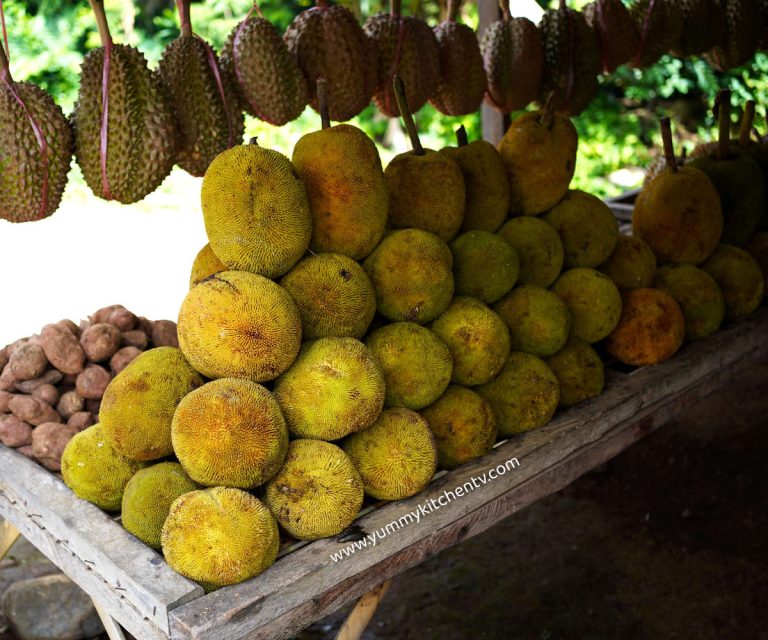Tomatoes a fruit or vegetable?
Tomatoes a fruit or vegetable? This vibrant red berry is a popular ingredient, adding a taste of rich savory goodness into a dish. Originating from the western part of South America, these are cultivated as part of the nightshade family, distinguished by its rounded birth red color, edible pulps, eaten raw or cooked. A warm season plant that has a rich source of lycopene, an antioxidant that is linked to a multitude of health benefits, including slowing signs of aging, reducing the risk of cancer, and many more!
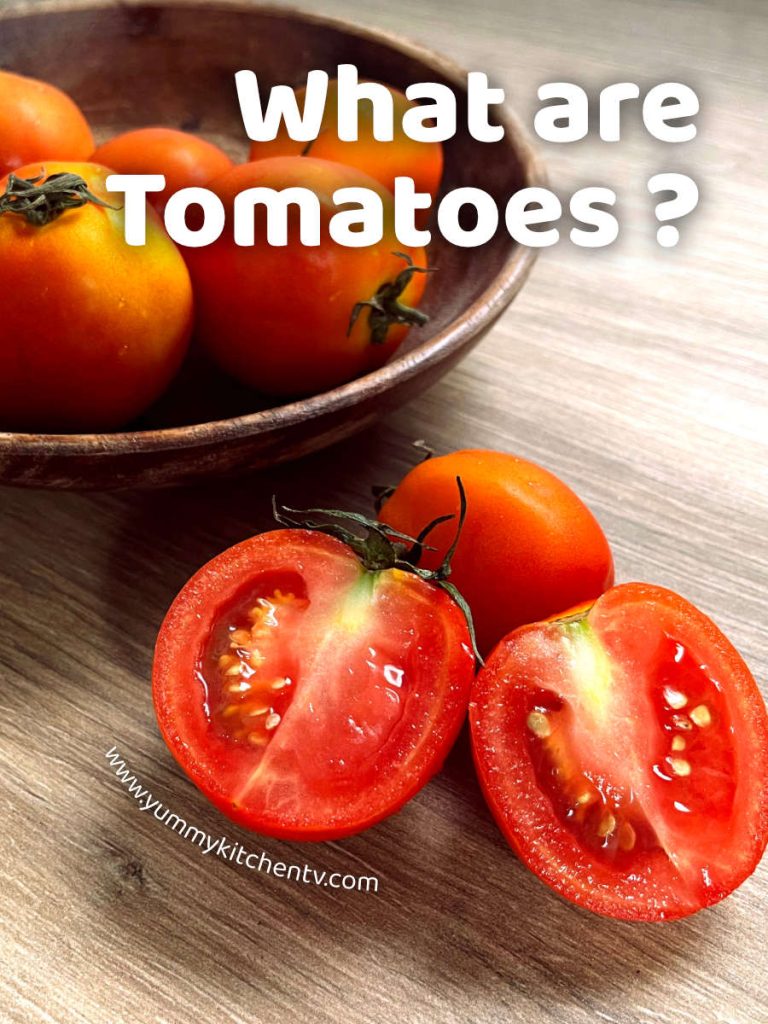
Tomatoes or tomatos?
The Tomato (pronounced tuh-may-tow), with the scientific name ‘Solanum Lycopersicum’ is technically a berry that originated in Mexico, Central and Western South America. The name, derived from the Mexican word ‘tomatl’ where the Spanish term ‘tomate’ also came from. Cultivated by Aztecs, which were encountered by the Spanish, then spread through the Columbian Exchange and introduced worldwide in the 16th century.
Grown in temperate climates, a perennial plant that can grow for more than 2 years, farmed throughout the year, to a height of 1-3 meters, on vines that are usually supported by poles, the fruits take around 3 months to bear. Part of the nightshade family that includes fruit-vegetables like eggplants, bell peppers, and potatoes. The Tomato family has variety of different types, like the regular tomatoes that are uniformly red, with other genetic mutations that create other tomatoes like the miniature tomatoes or cherry tomatoes, grape tomatoes which are similar to cherry tomatoes but elongated, pink tomatoes that have a lighter tint of red, beefsteak tomatoes looks similar to a pumpkin but in tomato form, and heirloom tomatoes that has a color range of yellow to red and purple.
This delightful red fruit is dubbed as a “culinary vegetable” because it has low sugar content, adds richness, savory, and umami flavor into the dish. This ingredient, being so popular, is pickled, turned into condiments, jams, eaten raw or cooked, added in salads, drinks, soups, stews, as a sauce, marinade, side dish, and many more, commonly used as a vegetable in the culinary world.
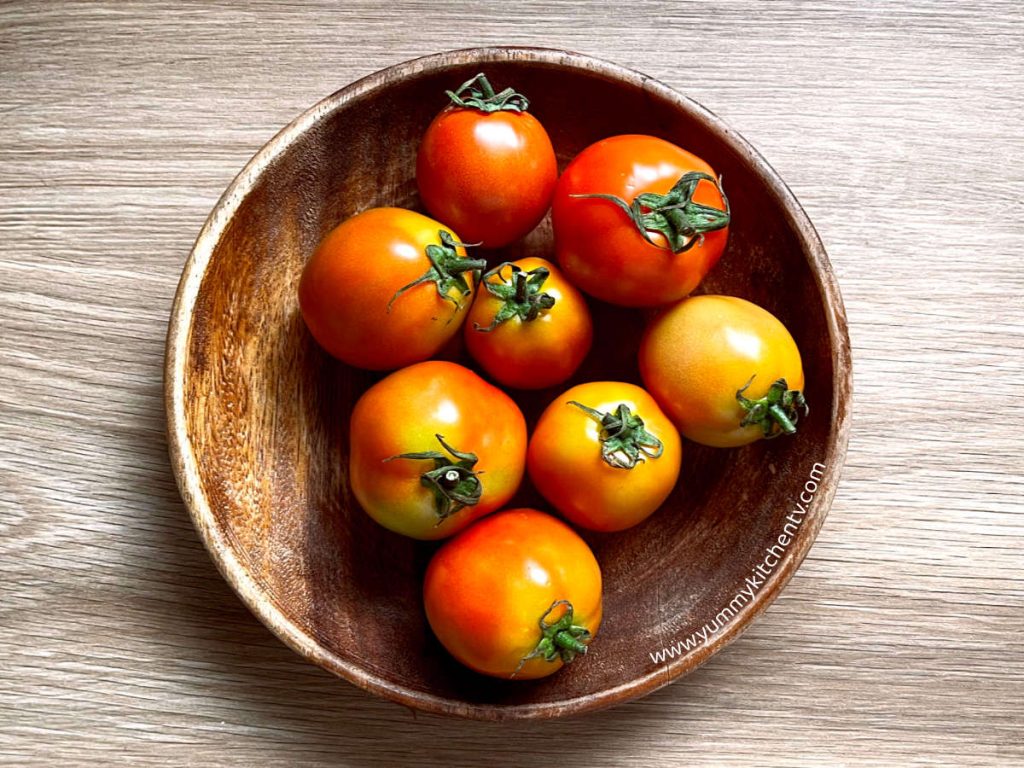
Tomatoes fruit benefits and side effects
A short Tomato Nutrition fact? In every 18 grams of servings, there are only 3 calories! It’s jammed packed with Vitamin C, Potassium, and a lot of antioxidants, with ‘Lycopene’ being the most popularly associated nutrient to tomatoes, important for the body because of the following reasons:
- Helps with brain health, antioxidants in tomatoes are great for slowing signs of the brain aging. Reducing the risks of Alzheimers, dementia, and other neurodegenerative diseases.
- Enhances your metabolism, it prevents constipation and hydrates the body. It has an adequate amount of soluble dietary fibers that help with bowel movement. A better metabolism is also great for people who are trying to lose weight.
- Aside from being great for your gut. It helps with preventing type 2 diabetes. A better stomach, diet, and antioxidants help with reducing inflammation, protects the cells, and heightened the body’s immunity, all of these help with preventing diabetes.
- Reduces risks of diabetes, stroke, and other heart diseases. Lycopene, an antioxidant very well known in tomatoes, is great for decreasing ‘bad’ cholesterol, while increasing ‘good’ cholesterol, as well as helping improve insulin levels.
- Great for the eyes, they have lutein, beta-carotene, and zeaxanthin that protects the eyes from blue light, many digital devices have that can lead to eyestrain and headaches.
- Also reduces the risk of having cancer, a combination of beta-carotene and lycopene have been tested to have anti-cancer properties.
- Slows aging effects, slows down the signs on the inside. Acts like sunscreen and keeps the skin from wrinkling.
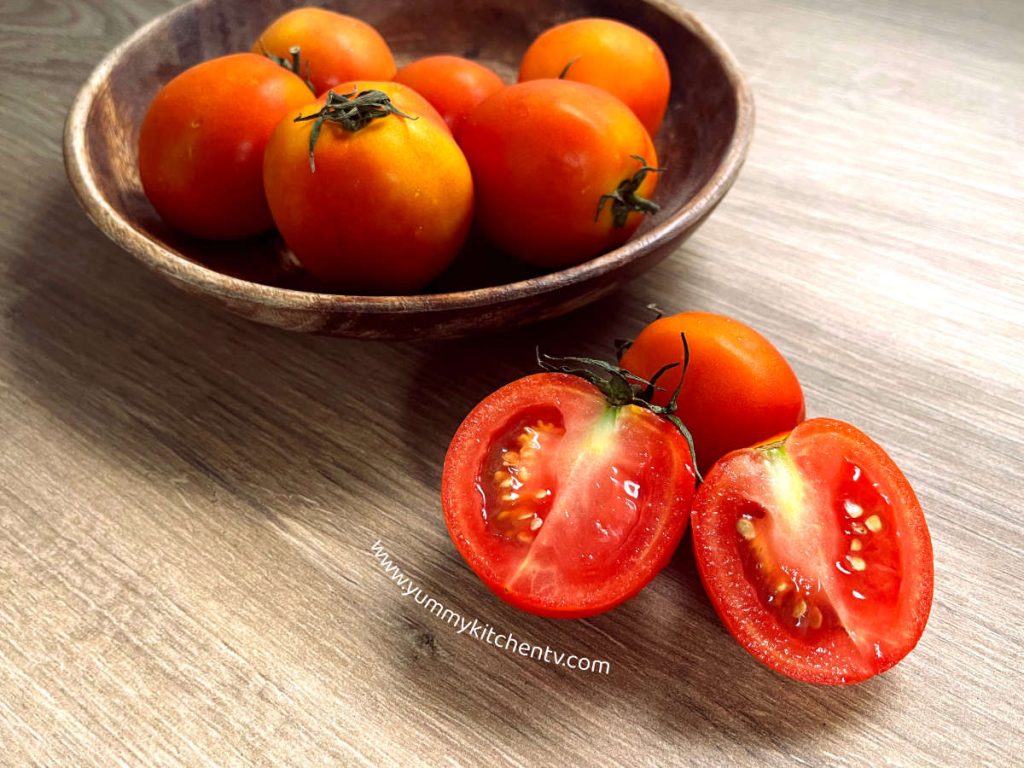
A profitable crop, the Tomato or “Kamatis Tagalog”
The tomato or ‘Kamatis’ in Tagalog, are smaller and flatter in shape, green to red in color, and have a shelf life of around 7 days in room temperature, with some placing them in the fridge to keep it fresh for longer. These are one of the common crops in the Philippines that are sold raw, canned, or processed to be packed. A crop with a big potential that does not only encompass food, but skincare production as well.
An ingredient that gives a lot of ‘power’ into a dish, not only visually but taste-wise. Here are some tomatoes recipes Yummy Kitchen has:
- Homemade Tomato Paste, a thick tomato concentrate you can make at home, used for barbeques, soups, pastas and many more.
- Homemade Tomato Sauce, a more liquified version of the tomato paste, used to make pasta sauces, marinades, and more. Great for older tomatoes that need to be used.
- Tomato Omelette, a breakfast special that will make kids’ mornings a bit more happier. A healthy colorful dish with eggs, chopped vegetables, and seasonings.
- Beefy Tomato Soup, food for the soul on rainy days, a warm pick-me-up for sick days, made with just a few ingredients that you can find in the kitchen, a filling tomato based soup that just needs a few minutes to make.
- Sinigang na Baboy, Sinigang is a traditional Filipino homey sour soup, perfect with scoops of white rice. A mix of colorful vegetables, pork, aromatics, and a delicious broth.
